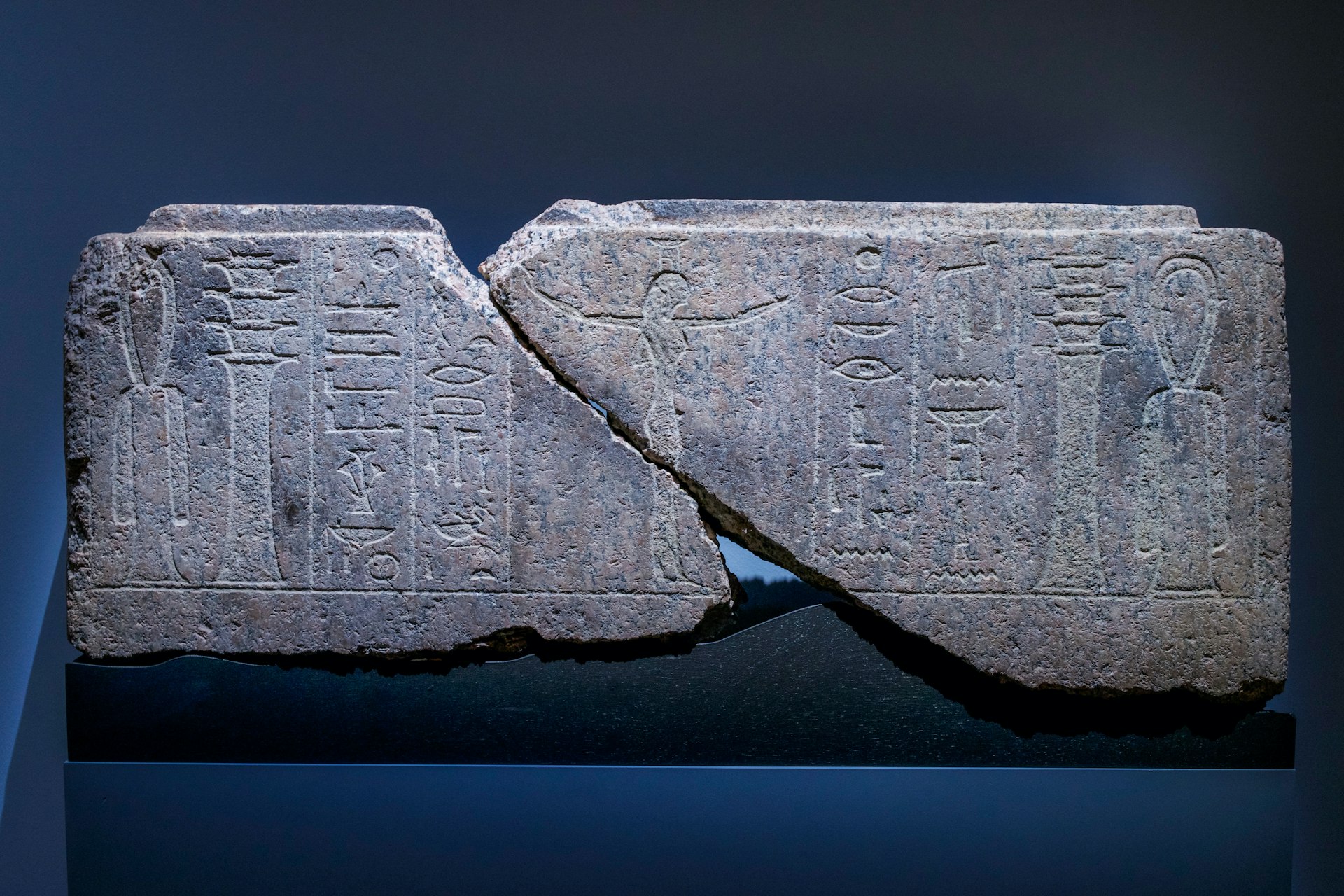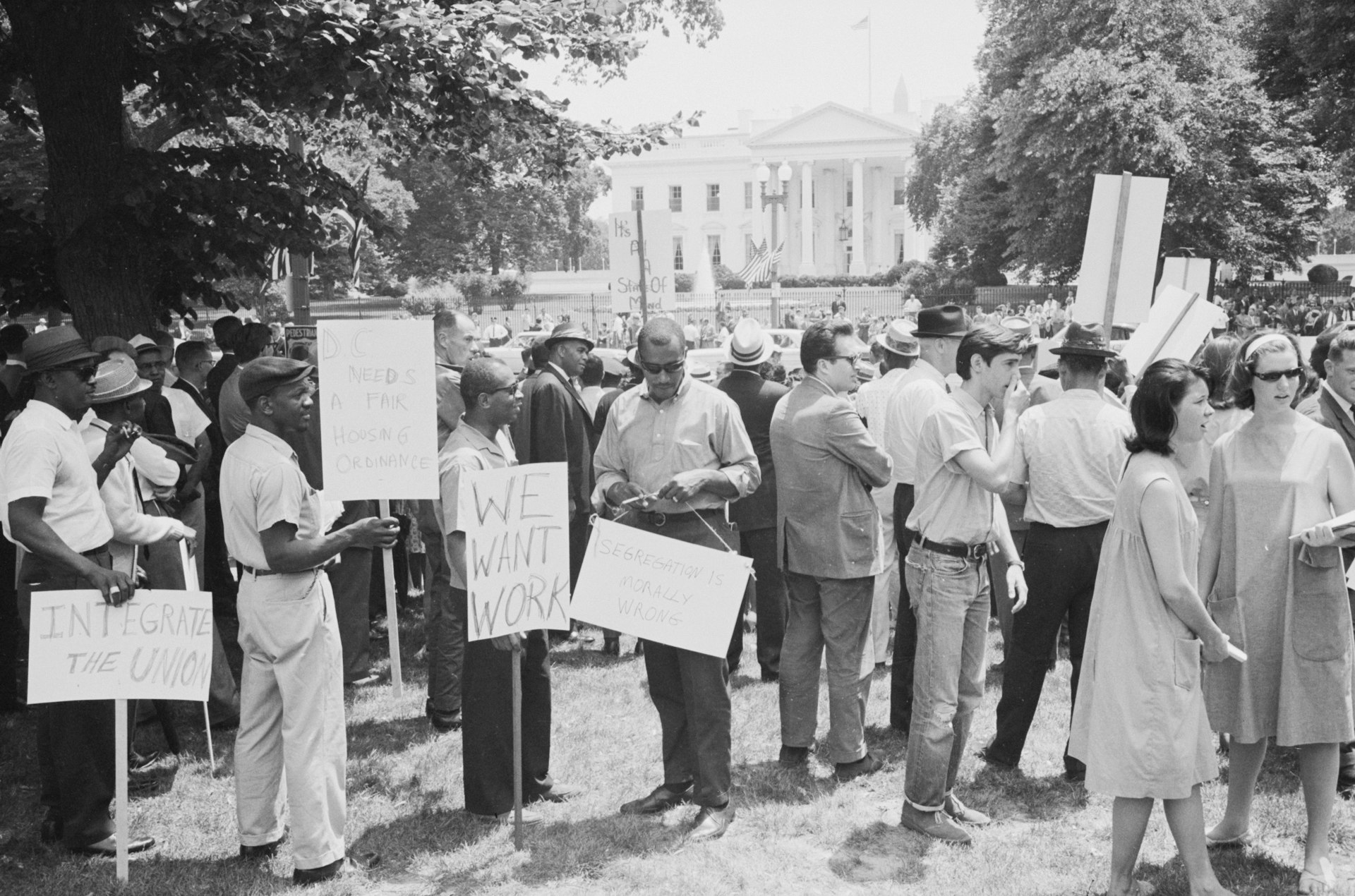The Global Impact of the Abolition Movement: Transforming Societies and Human Rights

Photo by Keith Helfrich on Unsplash
Introduction: Understanding the Abolition Movement’s Worldwide Impact
The abolition movement was a global campaign aimed at ending slavery and the slave trade, fundamentally reshaping societies, economies, and human rights across continents. Its legacy extends far beyond the initial emancipation of enslaved peoples, inspiring subsequent social justice movements and setting lasting precedents for the defense of human dignity. Understanding the worldwide impact of abolitionism offers critical insights for activists, educators, and policymakers seeking to address modern forms of exploitation and promote equality.
Historical Context: The Rise of Global Abolitionism
For nearly four centuries, the transatlantic slave trade trafficked millions of Africans to the Americas, Europe, and beyond. While early opposition was sporadic, the 18th and 19th centuries saw a surge in organized abolitionist activity, propelled by Enlightenment ideals, religious convictions, and the tireless work of activists. Britain and the United States became focal points, but abolitionist efforts emerged wherever slavery persisted. France, Spain, and Japan were among the first nations to legislate against slavery, with Haiti’s revolution resulting in the world’s only successful mass self-emancipation by formerly enslaved people [2] . Gradually, pressure from activists and shifting public opinion led to legislative change, with abolitionist societies and conventions coordinating international campaigns [1] .
Key Milestones and Regional Examples
The abolition movement unfolded differently across regions:
- United Kingdom: The 1807 Act made the slave trade illegal throughout the British Empire, culminating in the Slavery Abolition Act of 1833, which emancipated enslaved people in British territories by 1838 [2] .
- United States: Northern states abolished slavery in the late 18th and early 19th centuries. The Civil War and the Thirteenth Amendment (1865) ended legal slavery nationwide [1] .
- Latin America: Public pressure and international advocacy led to the abolition of slavery in Cuba and Brazil by the 1880s [4] .
- Eastern Europe: Moldavia and Wallachia emancipated 250,000 Roma people between 1843 and 1855, reflecting abolitionism’s reach beyond the Atlantic world [2] .
- Africa and Asia: Campaigns against the slave trade continued well into the 20th century, with international treaties and local activism driving change.
These milestones required decades of advocacy, legal action, and-often-armed conflict. Notably, abolition was not merely a moral awakening but a complex process shaped by political, economic, and social forces.
Societal and Economic Transformations
The abolition movement had profound implications for societies worldwide. Ending the slave trade and abolishing slavery:
- Transformed labor systems , forcing economies reliant on enslaved labor to adapt to new models based on wage work or indentured servitude.
- Inspired broader human rights campaigns , setting the foundation for later movements advocating civil rights, women’s suffrage, and racial equality.
- Challenged entrenched social hierarchies , prompting debates about citizenship, property, and justice that resonate today.
However, abolition often failed to deliver full equality. Freed people faced discrimination, economic marginalization, and new forms of coercion. The legacy of slavery continues to shape issues such as racial inequality and systemic injustice across many societies.
Modern Relevance: Lessons and Ongoing Activism
Abolitionism’s influence extends to contemporary struggles against human trafficking, forced labor, and other abuses. Organizations like Anti-Slavery International -the world’s oldest international human rights group-continue to advocate for freedom and dignity, building on abolitionist traditions [2] . Today’s activists draw inspiration from historical abolitionists, adapting their strategies to address modern exploitation in supply chains, migrant labor, and beyond.
How to Support Modern Abolitionist Efforts
Individuals and organizations seeking to combat contemporary forms of slavery can take several steps:

Photo by Emmanuel gido on Unsplash
- Learn about the history and legacy of abolition by exploring resources from reputable organizations and academic institutions.
- Support or volunteer with established anti-trafficking groups. You can find credible organizations by searching for “modern slavery prevention” or “anti-trafficking NGOs” and reviewing their affiliations and impact reports.
- Advocate for ethical business practices by encouraging companies to adopt transparent supply chains and fair labor standards. Many businesses now publish annual statements on efforts to prevent forced labor-review these documents to inform your choices.
- Contact your elected representatives to urge strong enforcement of anti-slavery laws and international cooperation on human rights issues. In the U.S., you may reach out to the Department of State’s Office to Monitor and Combat Trafficking in Persons.
- Educate your community by hosting events, sharing educational materials, and encouraging critical discussions about past and present injustices.
Challenges and Solutions: Addressing the Legacy of Slavery
Despite historic victories, the struggle against exploitation remains ongoing. Key challenges include:
- Persisting Inequality: The end of legal slavery did not guarantee economic or social equality. Systemic barriers continue to disadvantage descendants of enslaved peoples in many countries.
- Modern Slavery: Human trafficking, forced labor, and debt bondage affect millions globally. According to the International Labour Organization, over 40 million people are in some form of modern slavery today [5] .
- Historical Amnesia: Many societies struggle to reckon with the full extent of slavery’s impact, impeding reconciliation and progress.
To address these challenges:
- Support policies and educational reforms that confront the legacy of slavery and promote inclusive histories.
- Engage with reparative justice initiatives, such as community-based restoration projects and advocacy for compensation or recognition.
- Promote international collaboration on anti-slavery conventions and best practices for victim support.
Alternative Strategies and Pathways Forward
While legal abolition was a crucial step, experts recommend a multifaceted approach for lasting change:
- Community Empowerment: Grassroots organizations can amplify the voices of those affected by exploitation, ensuring that solutions are informed by lived experience.
- Cross-sector Partnerships: Collaboration between governments, NGOs, and private enterprises can enhance prevention, enforcement, and victim support.
- Research and Data: Continued scholarship and data collection illuminate emerging threats and effective interventions.
Individuals can play a role by remaining informed, supporting reputable organizations, and advocating for systemic reforms.
Conclusion: The Enduring Legacy of Abolition
The abolition movement’s worldwide impact is evident in the transformation of legal systems, economic practices, and moral values. Its lessons remain crucial for those seeking a more just and equitable world. By engaging with this history, supporting ongoing efforts, and demanding accountability, individuals and communities can help realize the movement’s vision of universal freedom.
References
[1] Human Rights Careers (2024). Abolitionist Movement: History, Main Ideas, and Activism Today. [2] Wikipedia (2024). Abolitionism. [3] Death Penalty Information Center (2024). The Abolitionist Movement. [4] Encyclopaedia Britannica (2024). Causes and Effects of Abolitionism. [5] International Labour Organization (2024). Forced Labour, Modern Slavery and Human Trafficking.



